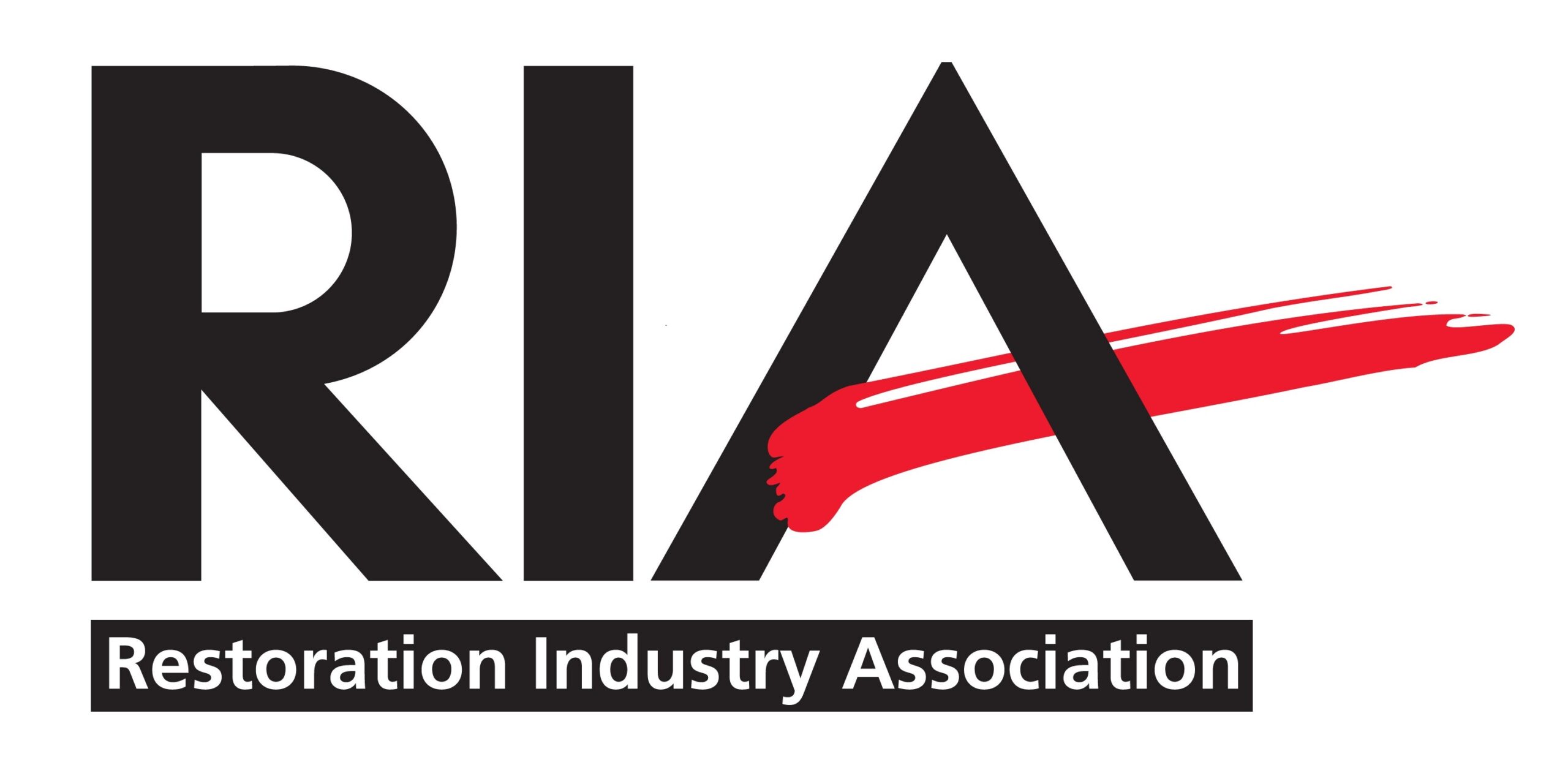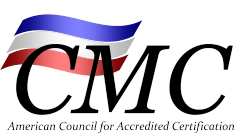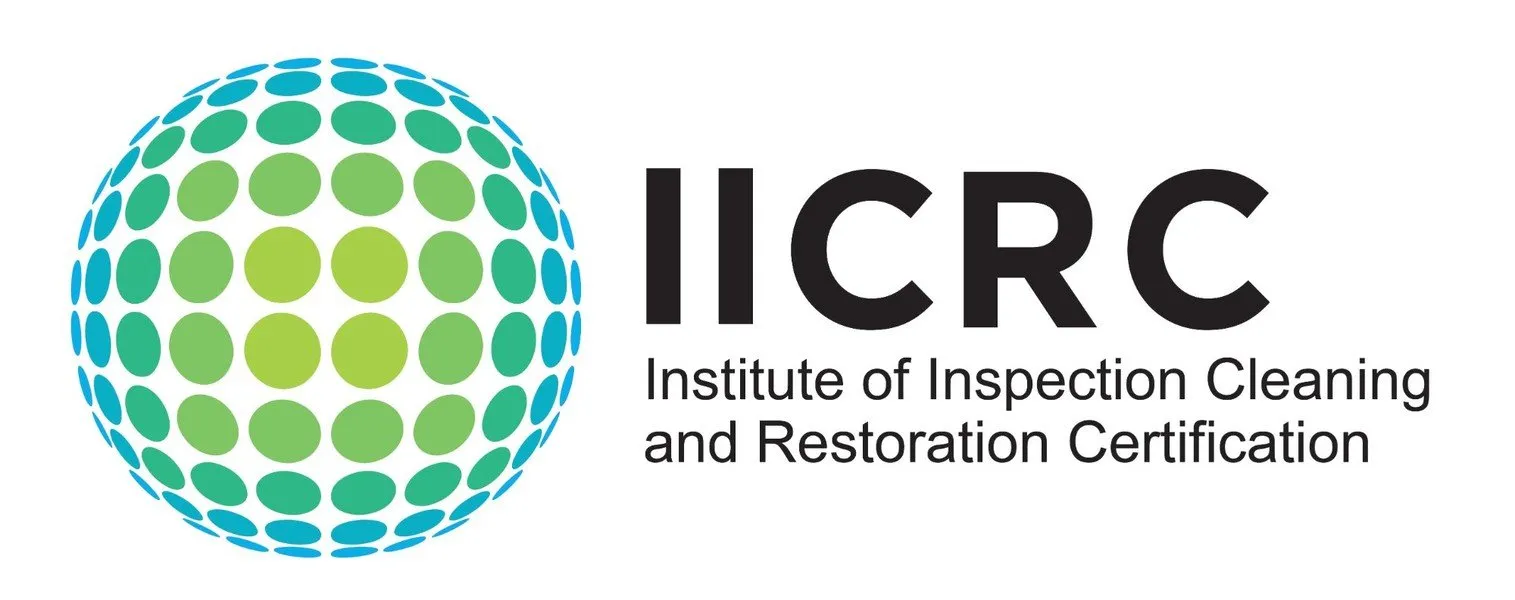MOLD RESOURCES
Dealing with mold can be overwhelming, especially when you’re not sure what’s safe, what’s serious, or where to even start. Whether you’re a homeowner, property manager, or just mold-curious — this page is for you.
NEED PROFESSIONAL HELP?
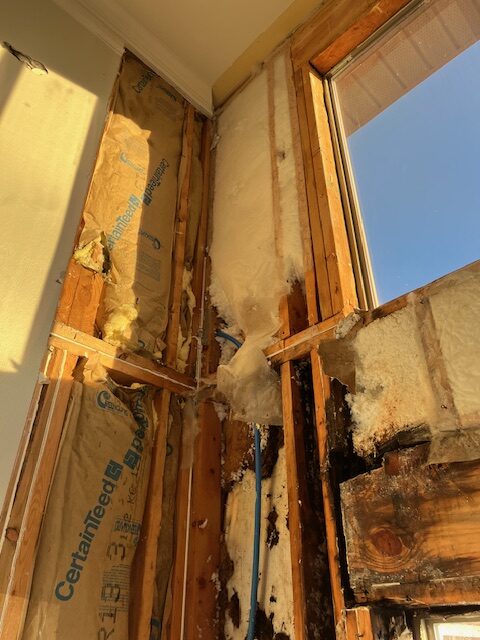
WHEN SHOULD I BE CONCERNED ABOUT MOLD?
Your have had recent or previous water damage insiude of your property
You have noticed a musty or earthy smell inside of your property
You feel that the inside of your property feels stuffy or humid, especially during warmer weather
You have noticed water staining or mold-like staining on on sufaces inside of your property
You have noticed unexplained health changes such as fatigue, headaches, allergies, asthma, etc.
CAN I TEST FOR MOLD MYSELF?
It is not recommended that you try and test for mold yourself. At-Home test kits are generally unreliable and have very limited mold detection capacity. Usually you will end up with more questions than answers, so it is recommended that you hire a professional mold investigator if you think you might have a mold problem/
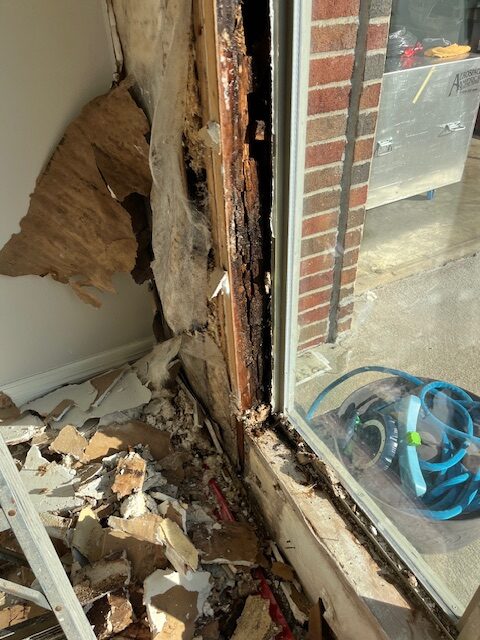
WHAT ARE THE BASICS OF MOLD?
Molds are everywhere, indoors and outdoors. Mold needs moisture to proliferate indoors, and will usually go dormant without sufficient mositure
When mold grows, tiny mold spores are produced and become airborne easily, and disturbing mold growth can cause immediate inhalation exposure
Mold growth can spread quickly in the indoor environment with the right conditions, and even dormant growth poses an exposure hazard
Components of mold spores can be antigenic, and some types can be toxic to humans and animals
The primary mold exposure route in humans is inhalation, which requires the presence of airborne mold spores or associated particles in the indoor air
CAN I CLEAN UP OR REMEDIATE MOLD MYSELF?
It is not recommended that you try and remediate mold yourself. Exposure hazards, lack of professional remediation equipment, and the inability to resolve root causes are just a few of the reasons not to try and clean mold up yourself. In most cases, homeowners make their problems worse.

MOLD AND YOUR HEALTH
Mold impacts peoples' health differently from person to person, rather than in a general manner
Some people are seemingly unaffected by even large amounts of mold, while other people can be seriously impacted by smaller amounts of mold
Certain sensitive or genetically predisposed persons can develop chronic conditions such as Chrnoic Inflammatory Response Syndrome (CIRS)
On average, most peoples' health issues related to mold exposure resolve after removal from the affected environment, or after proper remediation
One of the most reliable indicators that an individual is being exposed to mold is when the person almost immediately gets sick upon entering a certain indoor environment (home, business, etc)
WHEN SHOULD I CALL A PROFESSIONAL?
It is recommended that a professional be used to perform mold investigations, mold testing, mold remediation protocols, and mold remediation of more than 2 square feet of visible mold growth. Protecting the health and safety of you or your family is the most important reason for calling a professional.

TENANTS & LANDLORDS
In Arkansas, there are no specific laws requiring landlords or property managers to test for mold or to remediate mold
However, tenants may have very solid grounds for legal action if mold is found to be a result of the landlord's failure to maintain the property
If the tenant's lease or rental agreement specifically includes maintenance, then the landlord may be legally obligated to address any mold issues
Tenants also have a responsibility to maintain the property and report any issues, including mold, promptly to their landlord
Landlords should never engage an uncertified or inexperienced person or company to test for mold or to remediate mold in a tenant's property
WHY MAXXRESTO IS YOUR BEST CHOICE
Thousands of mold testing and mold remediation projects successfully completed. Gold standard industry certifications and highly trained staff. Written guarantees and workmanship warranties. Fast, safe, non-toxic solutions that save time and money.
MaxxResto
Price Range $$$
Fast Testing Results
Safe, Non-Toxic Solutions
Written Warranty & Guarantee
Sophisticated Equipment & Processes
Low-To-No Demo (when applicable)
Straightforward, Transparent Pricing
Clear, Concise Information & Facts
Gold-Standard ACAC Certification
Typical Competitor
Price Range $$$$$
Standard or Delayed Response
Harsh or Toxic Chemicals Used
No Written Warrany or Guarantee
Standard or Outdated Equipment & Processes
Moderate-To-Extensive Demo
Pricing Gimmicks, No Up-front Estimate
Scare Tactics, Conflicting Information
4 Day Class Certification or No Certification
From the start, it was obvious that MaxxResto was simply above the rest…. and I spoke with many companies before choosing them! They did everything that they said they would do (and more!), and were very helpful and empathetic to our situation from start to finish. My health is improving now and I feel like I can finally move forward.


